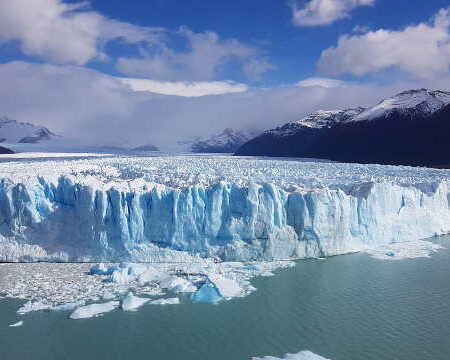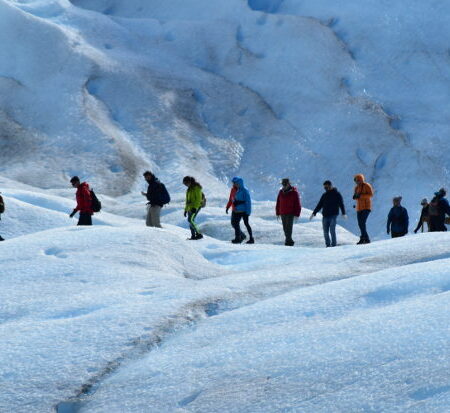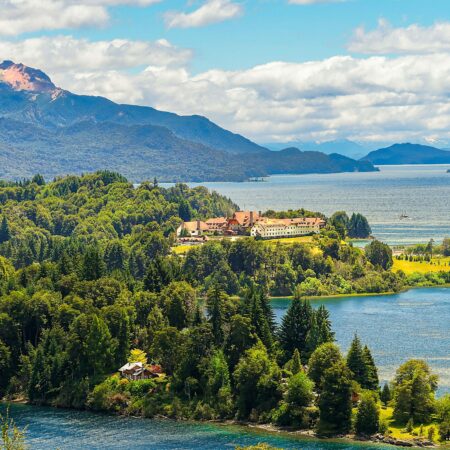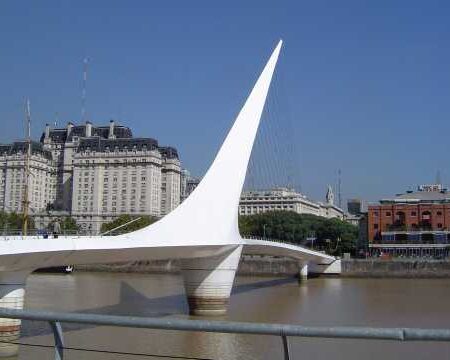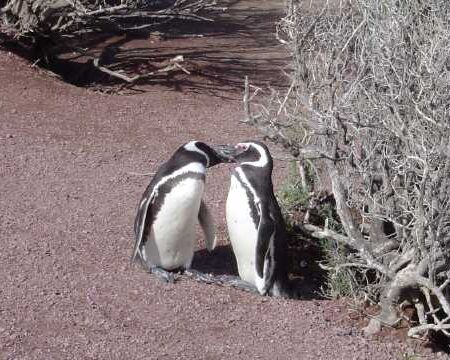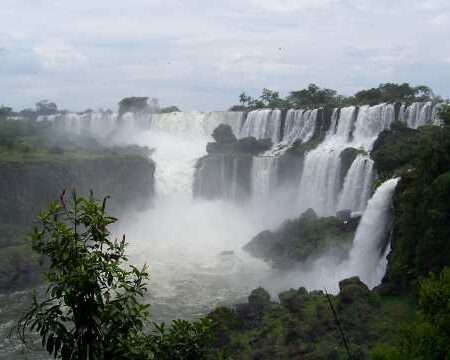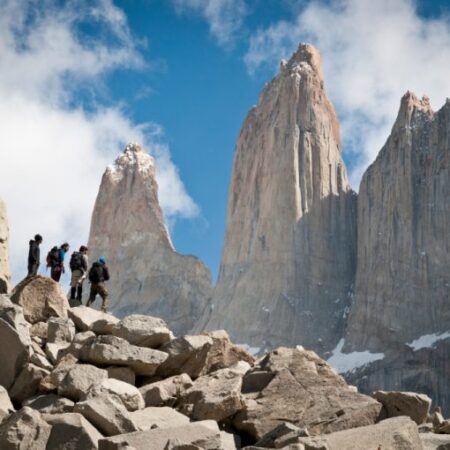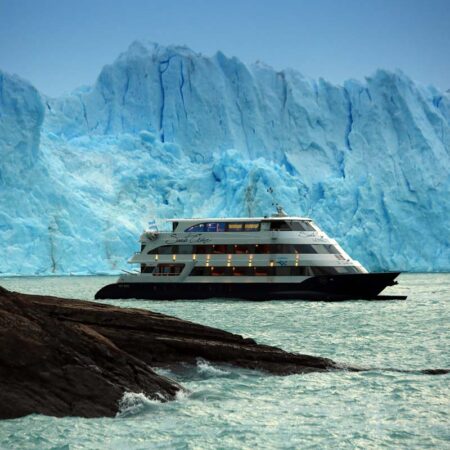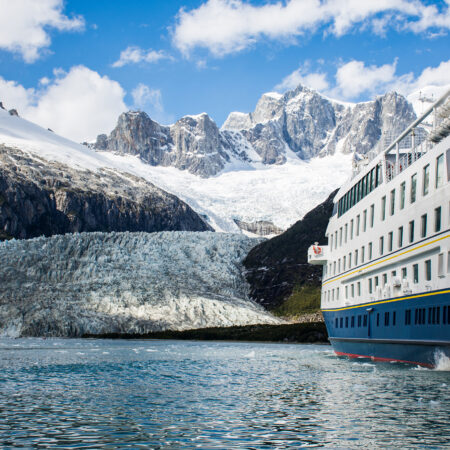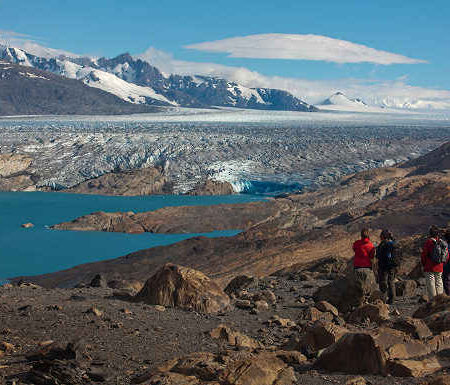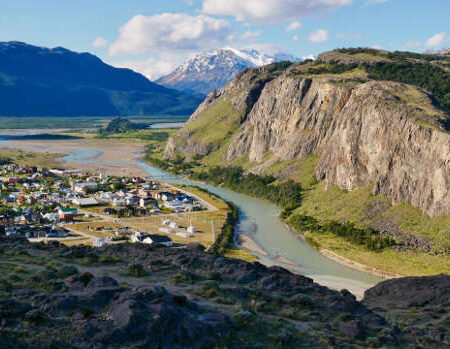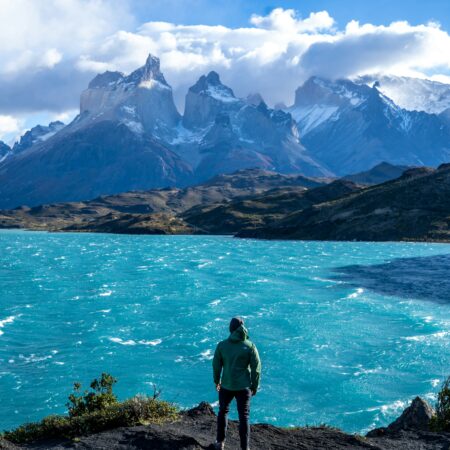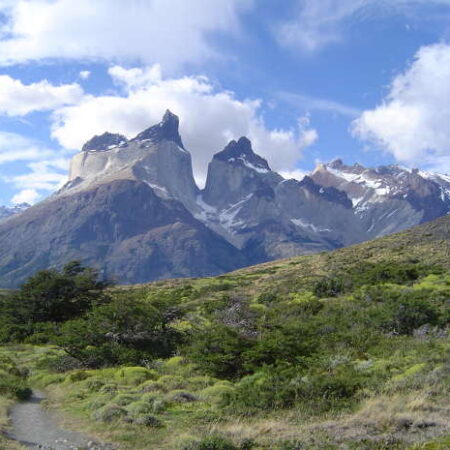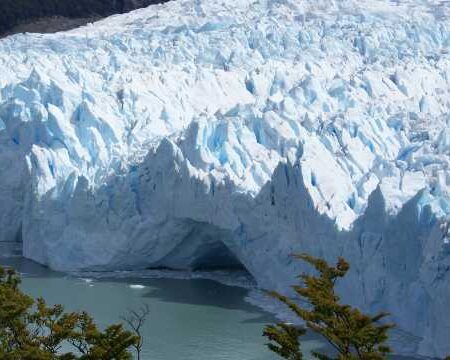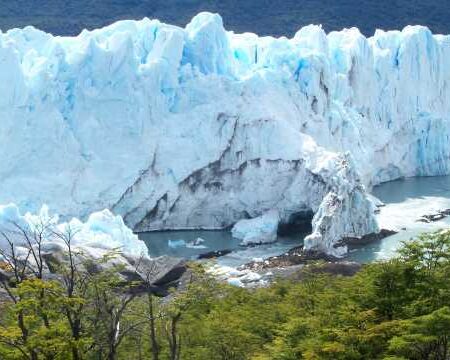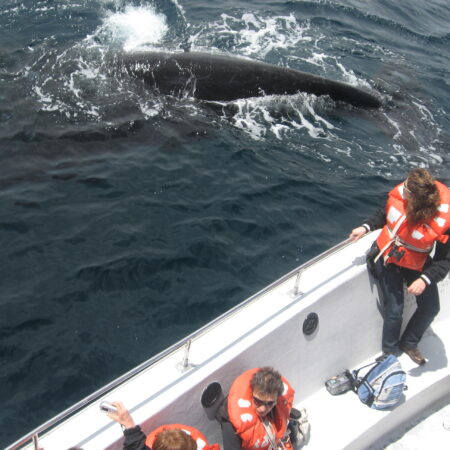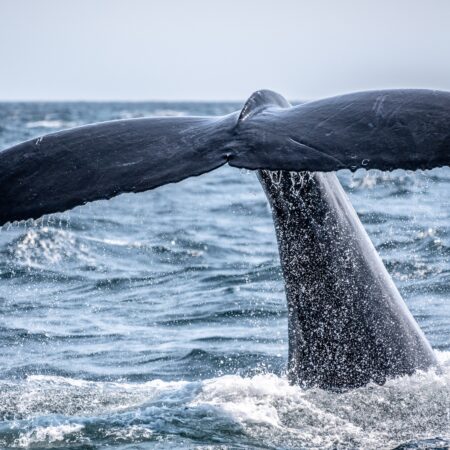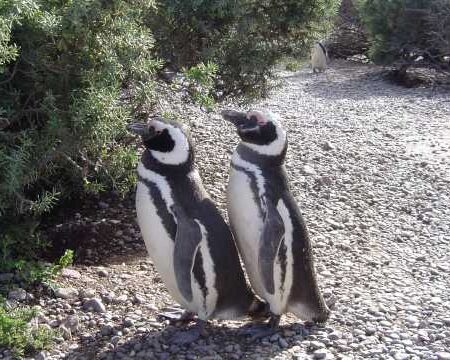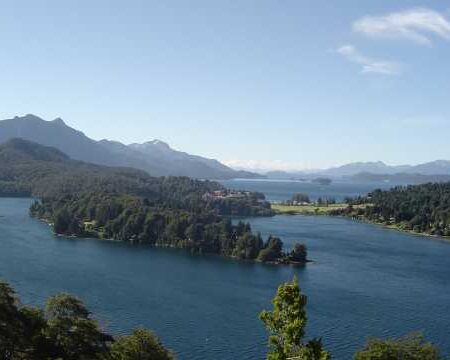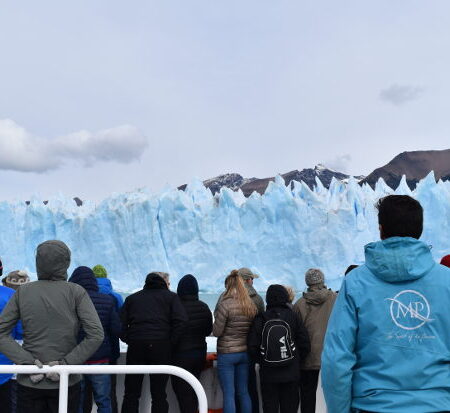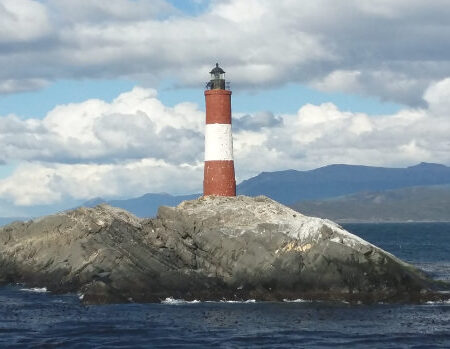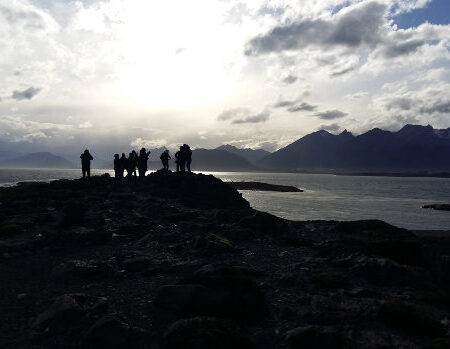An extreme end, also the Mecca for the world’s adventurers, Antarctica is an ice enigma beating in the southern end of the world. There are still many things to be learnt about this frozen giant, so let’s see what we do know so far:
The name
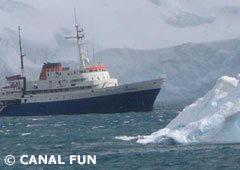 Antarctica means “opposite to the Arctic” and, like so many other things, it is a name we inherited from the Greeks. They tried to define the unknown based on what they knew; but even though the fact that Antarctica is similar to the Arctic given that the terrestrial poles are located in these places, they are quite different from each other.
Antarctica means “opposite to the Arctic” and, like so many other things, it is a name we inherited from the Greeks. They tried to define the unknown based on what they knew; but even though the fact that Antarctica is similar to the Arctic given that the terrestrial poles are located in these places, they are quite different from each other.
One of the main differences is that Antarctica is a continent, whereas the Arctic is not. The distinction is an ice cap, and an ice layer that covers a rock plinth or base, a subglacial set of rivers and lakes, earth, in brief, submerged under the ice.
This ice layer constitutes what’s known as inlandsis. There are two great inlandsis in the world; the one of the Antarctica and the one of Greenland, but the first one is the biggest one.
The inlandsis have a domed shape, with a big radius, and they extend in an even form over and regardless the terrain’s relief, which is underneath. The weight of this ice layer maintains the continental plate covered and sunk, this way the continental part of Antarctica is below the sea level.
The Antarctic ice cupola has approximately 4500 km of diameter and an almost perfect circular shape. There are two entrances displayed in an ‘s’ silhouette that form a peninsula which almost reaches the extreme south of Argentina and Chile. The average height here, is right about 2000 meters. From this ice mass the glaciers are born, moving towards the sea. Once detached, a process that doesn’t happen so easily, they form an ice barrier that makes the entrance to the coasts rather difficult.
The Beating Continent
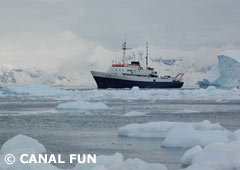 It is difficult to determine the area or the extension of this so called sixth continent.
It is difficult to determine the area or the extension of this so called sixth continent.
In fact, many things in Antarctica are alike, this number unfolds. During summer it has approximately 14.000.000 square kilometres; while in winter, when the surrounding sea gets frozen, it can reach up to 20 or 30 millions.
“The Beating Continent”, they call it, and it is quite a suitable name. As the Planet’s frozen heart, the Antarctica, determines the climate of the world with its comings and goings, snowfalls and defrosting seasons, its voracious ozone eating winds during spring and the ones who let it grow while in winter.
Special features of Antarctica
Antarctica is the driest continent in the planet. In spite of the great amount of snow and ice there is in the south, this Pole has a deserted atmosphere; the rain average doesn’t reach 4mm per month, similar to what happens in the Sahara desert. As a matter of fact, it is an enormous and frozen desert.
The Antarctica is the coldest continent in the planet. The lowest temperature in the world was registered here, – 89.3ºC. It was in the Russian Base Vostok, in August the 24th in 1960. The average temperature in the Antarctica is – 60ºC (- 76F). The coasts, consequent to the influence of the sea, are more tempered, with average temperatures that go up to around -15ºC. Actually, it is possible to say that summer does not exist in Antarctica. The difference between the seasons is calculated by the amount of diurnal and nocturnal hours.
Antarctica is the windiest continent. Due to the influence of gravity, the winds run from the Pole towards the coasts, and might travel at a speed above 300 km/h. They are the terrible katabatic winds that lash the outer regions.
The deafness of the storms and their power, without thunders nor lightings, drags the hard snow. Its name is snow-drift and in Antarctic slang is known as “Blizzard”. As a counterpart, when one enters further in the region the winds are more calm. And if you would stand in the exact point of the South Pole, the wind speed would be so minor that you would be in the most calm place in the planet.
The Antarctica is the highest continent. Due to the impressive ice layer that covers it, its average altitude is over 2000 meters above ocean level. The highest point is found in Monte Vinson, which has 4987 ms of height. The South Pole is located in a permanent polar height; reason why, it is quite probable this place could be the clearest place in the world.
The cold radiation causes the surrounding air masses to get very dense and thin, thus the troposphere only has a thickness of 7 or 8 km which is half of the ones in lower latitudes.
Antarctica is the most distant continent. The nearest point is the South end of South America, Tierra del Fuego’s Island, located 1000 km away, through the Drake strait. Greater distances separate it from Africa (3600 km) and Oceania (2200 km). These enormous distances, along with the stormiest seas in the planet, cause a total isolation. Due to this fact, Antarctica doesn’t share either the flora nor the fauna of any of the continents.
Tourist Antarctica
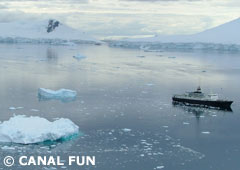 In the last years, the tourists’ arrival to this remote frozen territory has been increasing more and more.
In the last years, the tourists’ arrival to this remote frozen territory has been increasing more and more.
The visits are generally done through cruises, which depart from Ushuaia, the nearest port. There are different routes and the options go from expeditionary ships to luxury cruises. The expeditions can last 7 up to 15 days.
The season goes from the end of October to the beginning of March, and it is quite difficult to determine which the ideal moment is. While in November, there is still much snow and ice and it is time for the birds coming from the north to arrive for the mating season. December and January allow to enjoy long days (with many diurnal hours) and is the moment for the pigeons’ birth. From February to the beginning of March is the moment for the whales. The offspring is fond of playing and it is the moment when the greatest retirement occurs, which allows sailing with less difficulty.
There is only a decision to be made and a trip of a lifetime to be planned.
Finally, please, do take into account that despite high prices (starting at USD 7500 per person for a 10 days expedition), demand is so strong that it is mandatory to make really early reservations (a 12 to 18 months in advance booking is recommended).
Antarctica, the land of frozen mysteries, awaits you.
